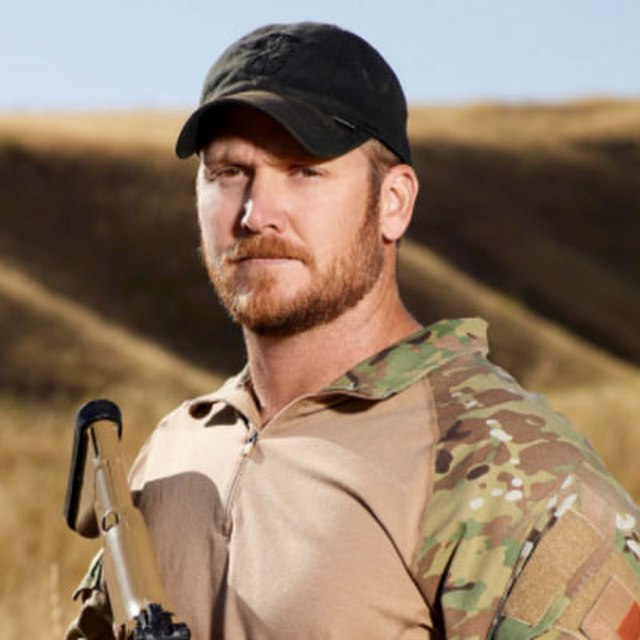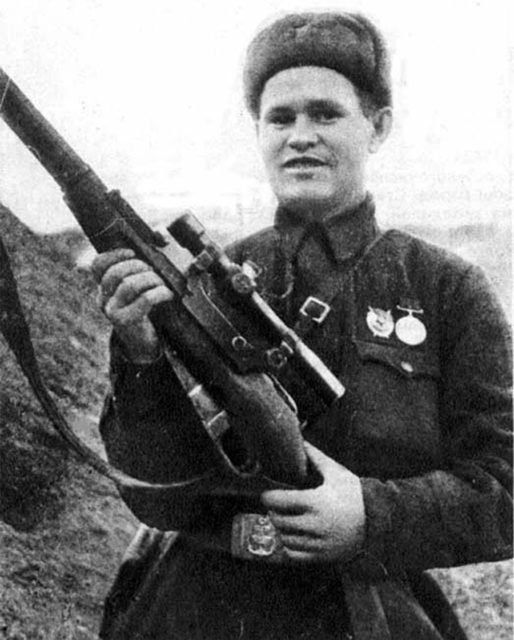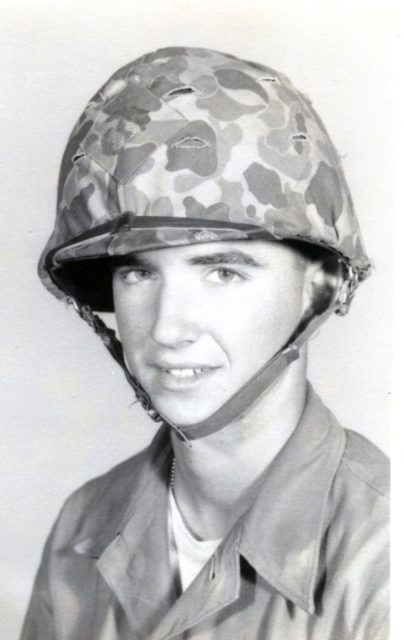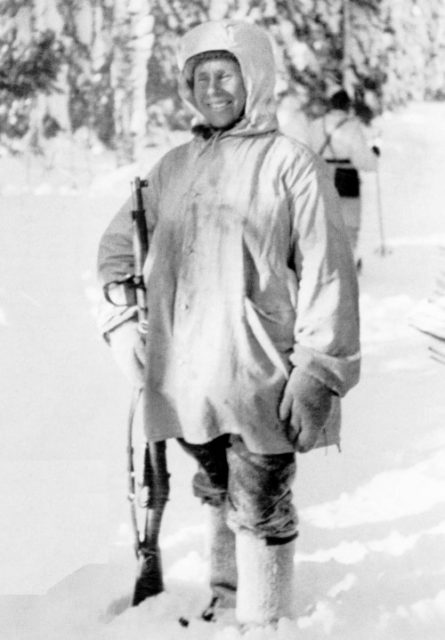Earning the status of being considered one of the best snipers in history is a significant accomplishment. Nevertheless, the four snipers listed below have each proven their worthiness for this title through their dedicated military services. Each showcases exceptional marksmanship abilities alongside other unique skill sets, producing incredible stories and impressive tallies of confirmed kills, solidifying their places as some of the most outstanding men in all of military history.
Chris Kyle

Self-proclaimed as the “most lethal sniper in US military history,” Chris Kyle achieved 160 confirmed kills (nearly double that by some accounts) during his four tours in Iraq. As a US Navy SEAL, he earned the nickname “The Legend” among US Marines, while his enemies dubbed him “The Devil of Ramadi.” His skills with a rifle were such that multiple bounties were put on his head, in an attempt to bring his killing of insurgents to an end.
Kyle was initially interested in joining the US Marine Corps special operations, but opted to enlist with the Navy instead, after a recruiter spoke to him about becoming a SEAL. After undergoing extensive training, he was assigned to SEAL Team Three.
The most lethal sniper in US military history

Kyle scored his first long-range kill when he was ordered to shoot a woman approaching a group of Marines while holding a hand grenade. During his four tours, he was shot and found himself caught up in six separate Improvised Explosive Device (IED) explosions. This didn’t stop him from continuing as a sniper, however, and he went on to receive one Silver Star and three Bronze Stars with Valor, among other decorations.
Kyle was honorably discharged in 2009, and was unfortunately killed by a fellow veteran struggling with mental health issues in February 2013. The film, American Sniper, was released the following year and is loosely based on the memoir he wrote prior to his death, American Sniper: The Autobiography of the Most Lethal Sniper in U.S. Military History. While many have accused Kyle of embellishing his accomplishments in the book, there’s no doubt he led an impressive naval career.
Vasily Zaytsev

Vasily Zaytsev, a skilled sniper, eliminated 225 German soldiers during the Battle of Stalingrad in World War II. Raised in the remote Russian wilderness, he was well-versed in shooting, having used his skills to hunt and support his family. Unbeknownst to him, this ability would catapult him into the ranks of the Soviet Union’s most famous snipers.
Zaytsev’s expertise proved valuable when he enlisted in the Red Army after serving as head of the finance department for the Soviet Pacific Fleet. Initially a simple soldier, his skill with a rifle swiftly gained recognition, earning him a position in the 1047th Rifle Regiment, 284th “Tomsk” Rifle Division, later incorporated into the 62nd Army.
Hero of the Soviet Union

Among his most famous actions during the war was his alleged killing of top German sniper, Ewin König. However, while Zaytsev claims the incident occurred, there are historians who cast doubt on this story, as there are no written records of a German sniper by that name. That being said, the German government wasn’t known for its impeccable record-keeping.
In January 1943, Zaytsev was injured by a mortar attack. A month later, he was given the title of “Hero of the Soviet Union,” and wound up rejoining the front, finishing the war at the Battle of Seelow Heights.
Carlos Hathcock

Carlos Hathcock became one of the Vietnam War‘s deadliest snipers to save the lives of other Marines. In 1965, he won the Wimbledon Cup Shooting Championship, showcasing his skills as a sharpshooter, and he put them to the test when he was deployed a year later.
Hathcock once said, “If I didn’t get the enemy, they were going to kill the kids over there.” He carried this mentality with him throughout his service in Vietnam, and his legendary stories prove it.
Deadliest American sniper of the Vietnam War

As a member of the 1st Marine Division’s sniper platoon, Hathcock once crawled more than 1,500 yards over three days to shoot a People’s Army of Vietnam (PAVN) general, without food or water. Taking the shot at 700 yards, he got the confirmed kill and melted back into the environment.
He also took out “Cobra,” an enemy sniper responsible for killing a number of Marines, as well as a female Viet Cong platoon leader known simply as “the Apache woman.” However, the latter incident has been put into question by historians, who doubt such a sniper existed. In total, Hathcock achieved 93 confirmed kills, with himself putting that number anywhere from 300 to 400.
Simo Häyhä

Nicknamed the “White Death,” Simo Häyhä was a farmer turned lethal sniper during the Soviet invasion of Finland in 1939. With over 500 confirmed kills and the unconfirmed amount totalling over 700, Häyhä was a force to be reckoned with. He’s considered one of history’s most effective snipers, and was so good that the Red Army desperately wanted him killed, but the snipers sent to counter him never returned.
Deadliest sniper in history

Using his antique Russian-made rifle with an iron sight, Häyhä managed to hide in plain sight and take out any enemy soldier that came across his path. Familiar with the terrain, he would build up snow banks on either side of him to hide the cloud that appeared after every shot he took, so as not to give away his location. Additionally, he’d put snow in his mouth to prevent his breath from giving him away.
Want War History Online‘s content sent directly to your inbox? Sign up for our newsletter here!
Just 11 days before the Winter War ended, Häyhä was hit in the jaw by an explosive bullet, severely wounding his face. Despite his injuries, the sniper stood up and killed his assassin. He ended up surviving the incident and was gifted a brand new, custom-built rifle, which he later donated to the Karelia Jaeger Battalion’s Heritage Room.
